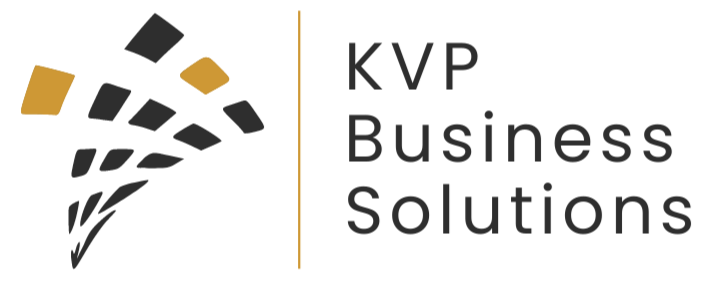Leveraging Salesforce Health Cloud: How Healthcare Institutions Harness Powerful Features
- Varun Nagpal
- Sep 23, 2022
- 2 min read
Updated: Dec 19, 2024
Built on the Salesforce platform, Health Cloud integrates CRM features and industry best practices into a unified platform, catering to healthcare and life sciences organizations. It enables organizations to transition from a medical record-focused approach to a patient-centric approach by providing a comprehensive view of patients.
Furthermore, Health Cloud leverages patient information to generate statistics and enable targeted actions. During a pandemic or similar situations, Health Cloud proves invaluable by consolidating pertinent patient information from multiple health systems onto a single screen. To witness the impact of Salesforce Health Cloud, you can explore post-implementation statistical data points.

We’ve broken down some of the foundational benefits of Salesforce Health Cloud features by sub-vertical.
For Biotech/ Pharma Companies
By creating a centralized system that can collect HCP script information, patient opt-ins, patient information, and track fulfillment, biotech, and pharma companies can keep operational costs down and deliver better results for patients.
Health Cloud makes it easy to collect information directly from patients or their HCP regarding script approval, prior authorizations, adverse events, or product complaint information, which can be analyzed easily for reporting purposes.
For Medical Devices Companies
Streamlined Patient Management: Salesforce Health Cloud centralizes patient information, streamlining the management process. Medical professionals can access critical data in real-time, make informed decisions, and provide personalized care. With a comprehensive view of patient data, medical companies enhance care coordination, improve satisfaction, and optimize outcomes.
Enhanced Communication: Health Cloud enables seamless communication and collaboration among medical professionals, patients, and stakeholders. Secure messaging, telehealth capabilities, and care plan sharing facilitate efficient coordination of care. Medical companies foster better patient-provider relationships, ensure continuity of care, and improve delivery. Health Cloud enhances efficiency, reduces errors, and supports informed decision-making.
For Payers
Improved Operational Efficiency: Salesforce Health Cloud streamlines payer processes, including member enrollment, claims management, and care coordination. This digitization reduces manual efforts, minimizes errors, and enhances operational efficiency. Payers can allocate resources effectively, boost productivity, and deliver superior healthcare services to members.
Enhanced Care Collaboration: With Salesforce Health Cloud, payers can seamlessly collaborate with healthcare providers and stakeholders in the care continuum. The platform enables secure communication, data sharing, and care plan coordination in real-time. This promotes effective care collaboration, smooth care transitions, and continuous care, resulting in improved member outcomes and satisfaction.
What does Salesforce Health Cloud's future look like?
Patient Care Coordination enabled by Slack will allow care teams and healthcare organizations to access apps that help improve patient case management and outcomes.
Health Cloud 2.0, businesses can easily bring their employees and customers together by delivering healthcare services including COVID-19 testing, vaccination status, contact tracing, and so on. It helps businesses to segue into the new normal where a hybrid work approach is being tested out.
Patient Unified Health Scoring is integrated with the Patient Data Platform*, which helps customers connect all of their end customer data in a single place while also meeting their HIPAA-compliant responsibilities.
















Comments